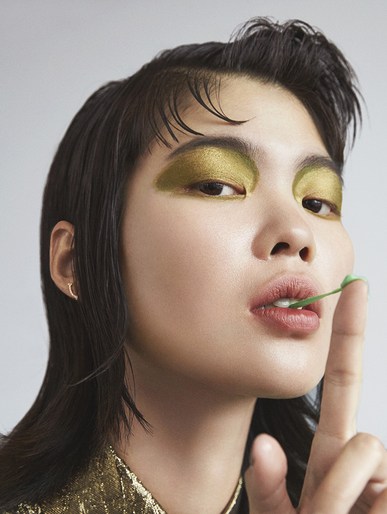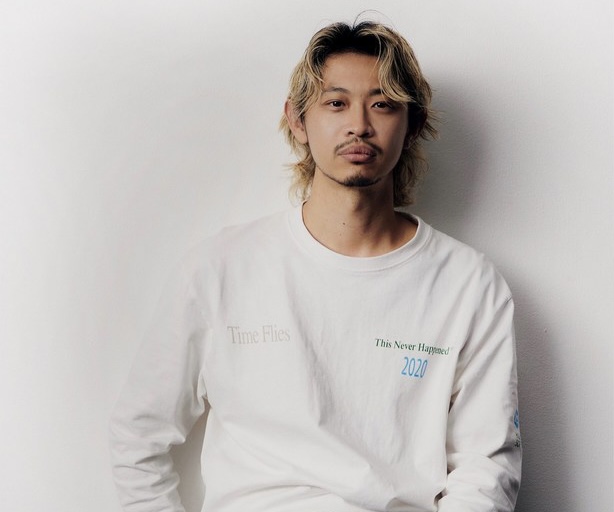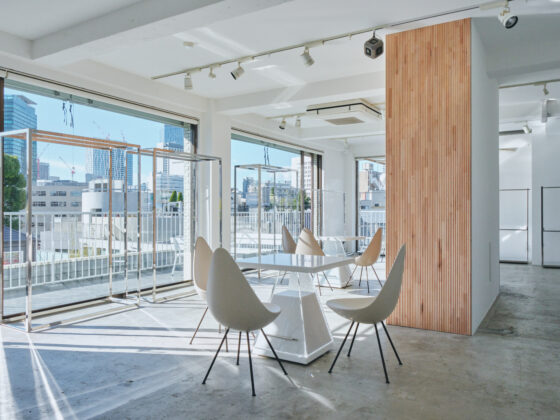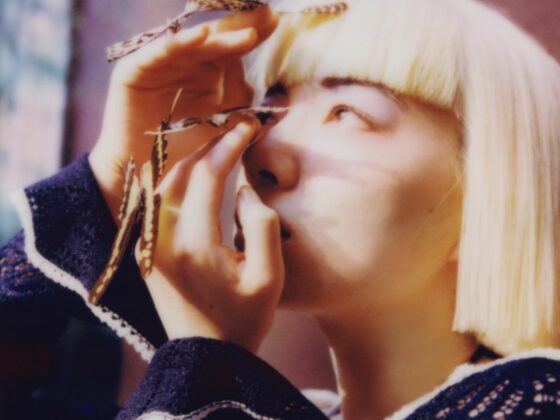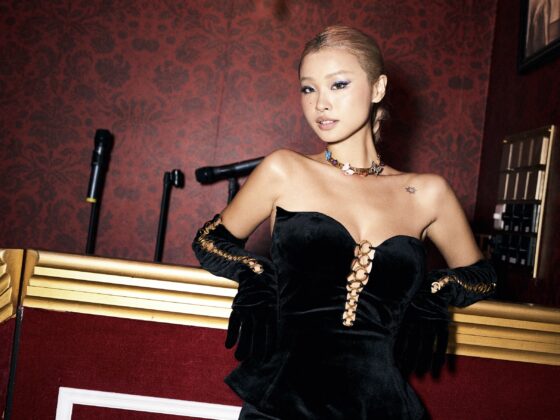In this new section of ASIAN VOICE, we feature TSUKI, a Japanese hairstylist currently living in NYC who originally is from Japan. From TSUKI’s experience in Japan and to his time in NYC, we explore his hairstylist journey and his thoughts through the process. From big clients such as Calvin Klein to major fashion shows all over the world, we look into TSUKI’s journey in the industry.
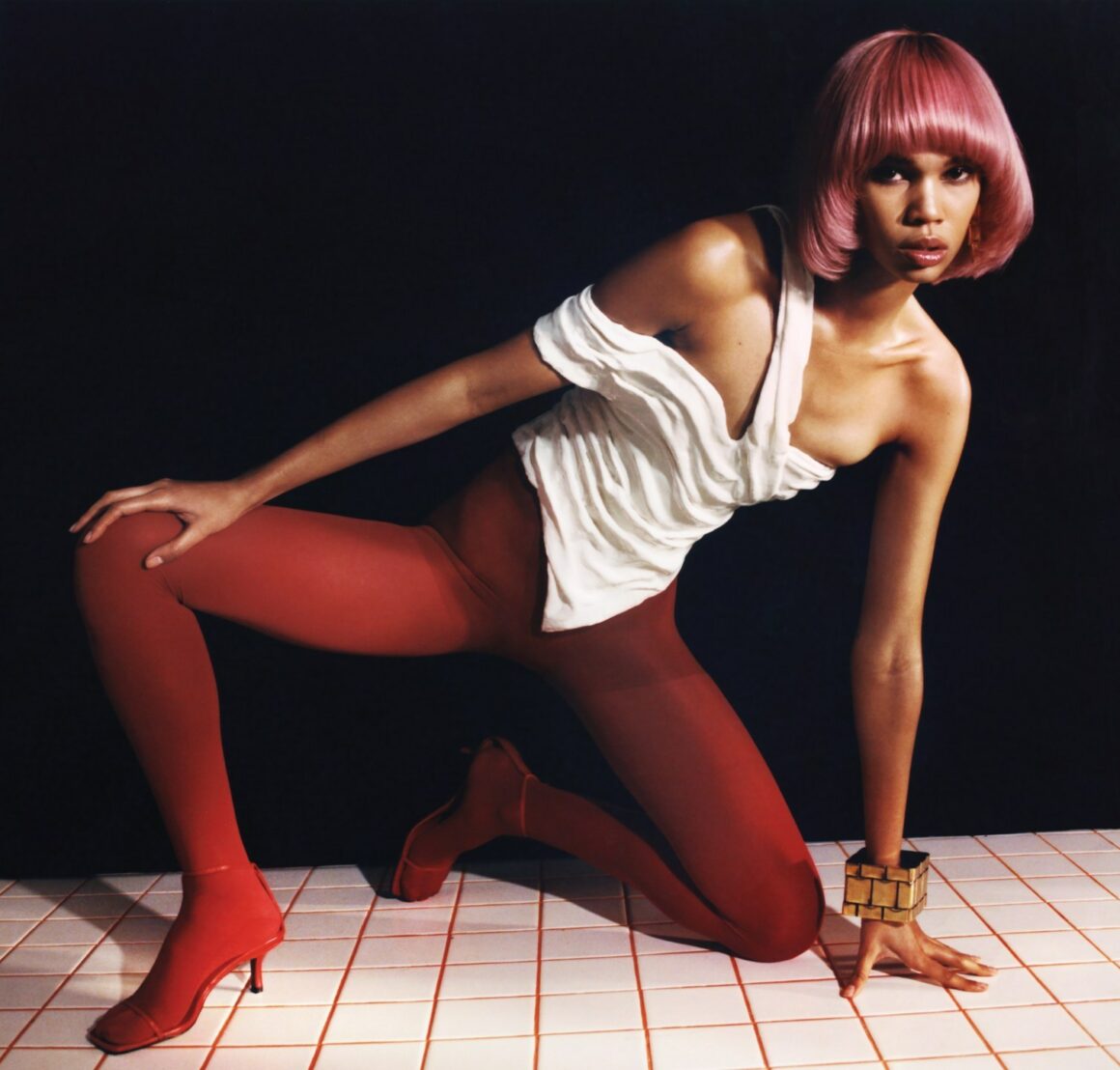
Nana : Can you give us an introduction about your current job as a hairstylist?
Khoa : After 9 years of salon work in Tokyo, I moved to NY in 2011 and worked as an assistant for 5 years to learn more styling skills and about fashion industry.
In 2019, I started my partnership with the artist agency “Streeters” and since then, I have worked with with Calvin Klein, Alexander Wang, Estee Lauder, NIKE, ZARA , etc.
Nana : Why did you initially decide to go into hairstyling?
Khoa : The city I grew up in was very rural and there weren’t any good hair salons so I had to cut my own hair to be cool and I also cut my friends’ hair (and sometimes their ears on mistake…)
Also, at that time, hairstylists were a popular profession and I saw popular hairstylists on TV shows back in the 90’s. I recorded the program and watched it over and over again to imitate the techniques and styles.
I was always disappointed that I couldn’t cut it well like them because I had no skill and that’s when I began to always think about “hair”.
When I had to decide whether to go to college, I told my parents that it doesn’t make sense to go to college because there wasn’t anything I wanted to do in college and I didn’t want to be the typical businessman.
My mom told me, “do you want to go beauty school ?” and my Dad said “do what you are crazy about” . They were the ones to push my back in becoming a hairstylist.
Nana : Can you give us some examples of recent works you have been a part of?
Khoa : Recently, I participated in the shooting of the Alexander Wang and Calvin Klein campaigns. I was very happy to be able to participate because both of them were jobs I have been dreaming of. For these jobs, I did not only styling but also hair color and cut as well.
Thanks to the techniques I learned in the salon work in Tokyo, I was able to do the job.
The Calvin Klein photo will be a billboard in SOHO. so I’m really looking forward to seeing it. Maybe I’ll climb it up and kiss the photo.
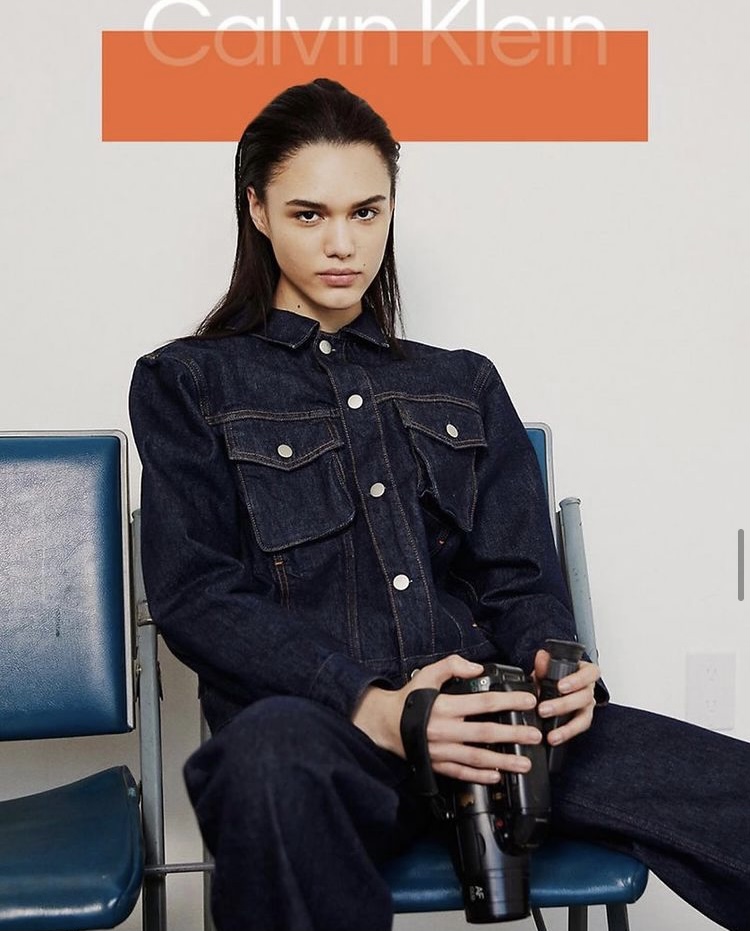
Nana : What is the most memorable job you have done in the past?
Khoa : The most memorable thing is when I was working as the lead hairstylist for three fashion shows in 2019. Depending on the size of the show, the lead stylist had to hire about 20 assistants and give instructions to them to finish the high quality hair in time, which was very difficult but exciting as well. After coming to NY for 5 years, I experienced a lot of show backstage in NY, Paris, Milan as an assistant.
It was very very hard work but I loved the backstage energy that everyone on the team worked hard together to complete. Sometimes I got into fights with other hairstylists, but I kind of like that energy because it came from the desire to make better hair for each other.
I dreamed of doing a show job as a lead with my own team someday and I was thrilled when I was able to participate as a lead finally. I hope I have opportunity to do big show in the future.
Nana : What are the challenges you have faced working in the fashion industry?
Khoa : For me, growing up in Japan and learning only Japanese hair techniques, I faced two troubles in the industry besides language.
First, I had never touched non-Asian hair until I came to NY, so it was a completely unknown experience to work with various races like NY. It is still a challenge to continue learning techniques to handle any type of hair textures, I’m enjoying to do it now.
Second, I learned that some people in the industry are very competitive and powerful. However, I had grown up learning in Japan that humility, seriousness, concession, politeness, patience and diligence are in all people. Sometimes people don’t care about other people. They would do whatever to get what they want. This was my weakness in the industry and and I had to update my personality to work with them at the same level. But at the same time, there was also a feeling in me that I didn’t want to change. It made me feel like I was losing the Japanese spirit. I think that this probably will continue to be a challenge for me in the future.
I just need to update, not change.
Nana : Can you tell us about your typical day in the life?
Khoa : Twenty minutes after waking up on work day, I jump into a taxi with huge baggages and head to the studio. and chill to have a coffee. I don’t eat much breakfast. I try to forget about hair at this time, because I “only2 think about hair for about 10 hours after coffee time and work hard. That’s all I do on work day.
I usually go to bookstores and shopping for research and exercise on my day off. but I’m always wondering if there are any new hair ideas. No matter where I am or what I am doing, I always have hair in the corner of my mind. I think that is the way to improve my taste
Nana : Why did you decide to be based in NYC?
Khoa : Working at a popular beauty salon in Tokyo, I was struggling to create a Kawaii (cute) style that most Japanese people like every time. But the hairstyle I longed for was more creative style like those seen in Vogue magazine and Fashion show. However, even if I imitated such a style and made a creative work, it was not evaluated at all in Japan because they love Kawaii too much. I thought I should move to a city where what I wanted was highly evaluated.
I was thinking to move either London or NY, so I went on a trip to two cities to see before quit the salon. In London I got food poisoning on the first day… I couldn’t see enough. I was unlucky. But I had very nice time in NY. London said “i hate you” and NY said “welcome to NY bro”
That’s why I moved to NY.
Nana : What are your favorite spots in NYC?
Khoa : When I go to work, I take a taxi on a dim morning and cross the bridge from Brooklyn to Manhattan. From there I can see the beautiful view of Manhattan at sunrise. When I just arrived in NY 10 years ago, I remember taking the train every morning across the bridge and attending a language school, looking at the same view.
That is the moment I feel the special power of this city and feel nostalgic and my excitement is revived.
Nana : Where do you see yourself in the next 10 years? What do you hope to be doing?
Takayoshi : I still have a lot of work that I want to do, and I hope that I will continue to work with those goals in the next 10 years. Another dream of mine is to open a hair salon in NY and possibly in Tokyo.
My wife is a better salon hairstylist than me so I want to create a great salon for her and all the customers. I would like it to also become a place where I can share the skills, knowledge and experience I gained through hard work in both Japan and US.
Nana : Is there a particular artist, movie, place, book that you would recommend our readers to check for inspiration?
Khoa :
Lorna Simpson (Artist)
Viviane Sassen (photographer)
Ren Hang (Photographer)
upstyle of Jyoji Noburyu (hair style book)
A dictionary of color combinations (issued by SEIGENSHA)
Nana : Do you have any advice for our readers who are seeking to build a career in the hairstyling
and fashion industry?
Khoa : The job of a hairstylist is a technical job, so many people spend a lot of time learning and practicing the technique. It’s very important for make hairstyles what you want to make. But more important than that is to improve your taste. No matter how good the technique is, if you have a bad taste, it will all be ruined.
Even “natural hair style “ have good natural and bad natural and each clients have slightly different image of a “good natural “. We have to catch those slight things and details. It’s not about skill to handle hair well, it depends on your taste.
People with good taste, will understand the client’s and photographer’s orders well, make appropriate decisions, and propose better ideas. A person with a great taste can make a great portfolio by using a OK technique. A person with a bad taste can make OK portfolio by using a great technique. This is what I mean by the difference between taste and technique. If you think you don’t have great taste, don’t worry, please spend your time crafting your taste. If you spend time like 1000 hours for technique you have to also spend time like 1100 hours for crafting taste and knowledge. It will definitely help your career move in the right direction.
.
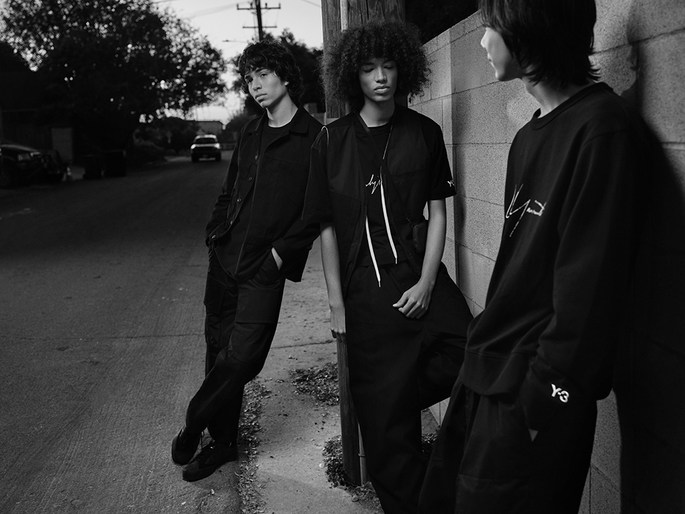
“But more important than that is to improve your taste.”
Tsuki
@tsukihair
